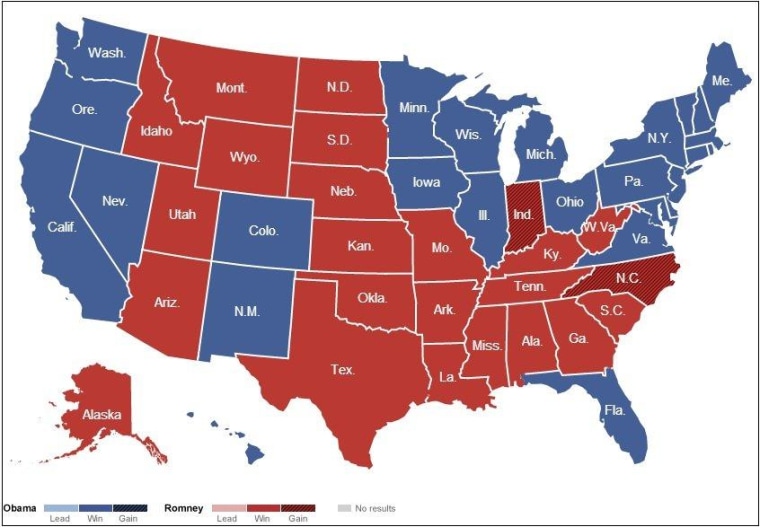We keep reading about a purple Texas in the making. We hear talk about a purple Georgia and even a purple Mississippi. Today in the American Prospect, Bob Moser looks at the widening consequences that would follow the end of the solid red South:
Over the next two decades, it will become clear to even the most clueless Yankee that the Solid South is long gone. The politics of the region’s five most populous states -- Virginia, North Carolina, Georgia, Florida, and Texas -- will be defined by the emerging majority that gave Obama his winning margins. The under-30 voters in these states are ethnically diverse, they lean heavily Democratic, and they are just beginning to vote. The white population percentage is steadily declining; in Georgia, just 52 percent of those under 18 are white, a number so low it would have been unthinkable 20 years ago.By the 2020s, more than two-thirds of the South’s electoral votes could be up for grabs. (The South is defined here as the 11 states of the former Confederacy.) If all five big states went blue, with their 111 electoral votes, only 49 votes would be left for Republicans. (That’s based on the current electoral-vote count; after the next census, the fast-growing states will have more.) Win or lose, simply making Southern states competitive is a boon to Democrats. If Republicans are forced to spend time and resources to defend Texas and Georgia, they’ll have less for traditional battlegrounds like Ohio and Pennsylvania. Even if Democrats aren't competitive in those states for another decade, they will benefit from connecting with millions of nonvoters who haven’t heard their message. They are building for a demographic future that Republicans dread: the time when overwhelming white support will no longer be enough to win a statewide election in Texas and Georgia.
Moser's story today in the American Prospect is the first of four parts.
